This article may contain affiliate links. If you click on these links and make a purchase, we may receive a small commission at no extra cost to you. This helps support our website and allows us to continue to produce content like this. Thank you for your support!
Summer brings longer days and increased sunlight, creating an ideal environment for certain houseplants to flourish. Whether you’re a seasoned plant parent or just starting out, these ten indoor plants are perfect for adding greenery to your home during the warmer months.
1. Snake Plant (Dracaena trifasciata)
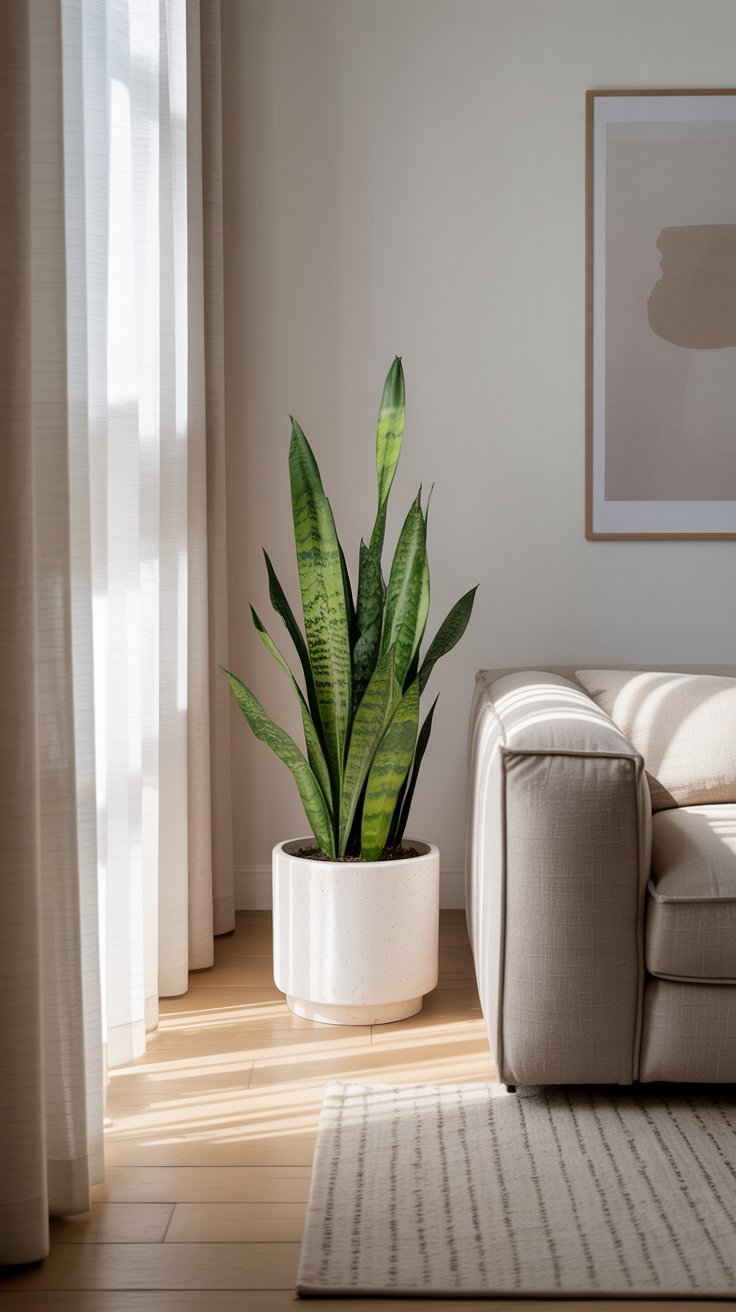
The Snake Plant, also known as Mother-in-Law’s Tongue, is renowned for its hardiness and striking upright leaves. Originating from West Africa, this plant can withstand high temperatures and low humidity, making it ideal for summer conditions.
Its architectural foliage adds a modern touch to any interior, and it thrives in various light conditions, from low light to direct sunlight. This adaptability makes it a favorite among both novice and experienced plant enthusiasts.
Care is straightforward: allow the soil to dry out between waterings to prevent root rot. Its resilience and minimal maintenance needs make it a top choice for summer indoor greenery.
2. ZZ Plant (Zamioculcas zamiifolia)
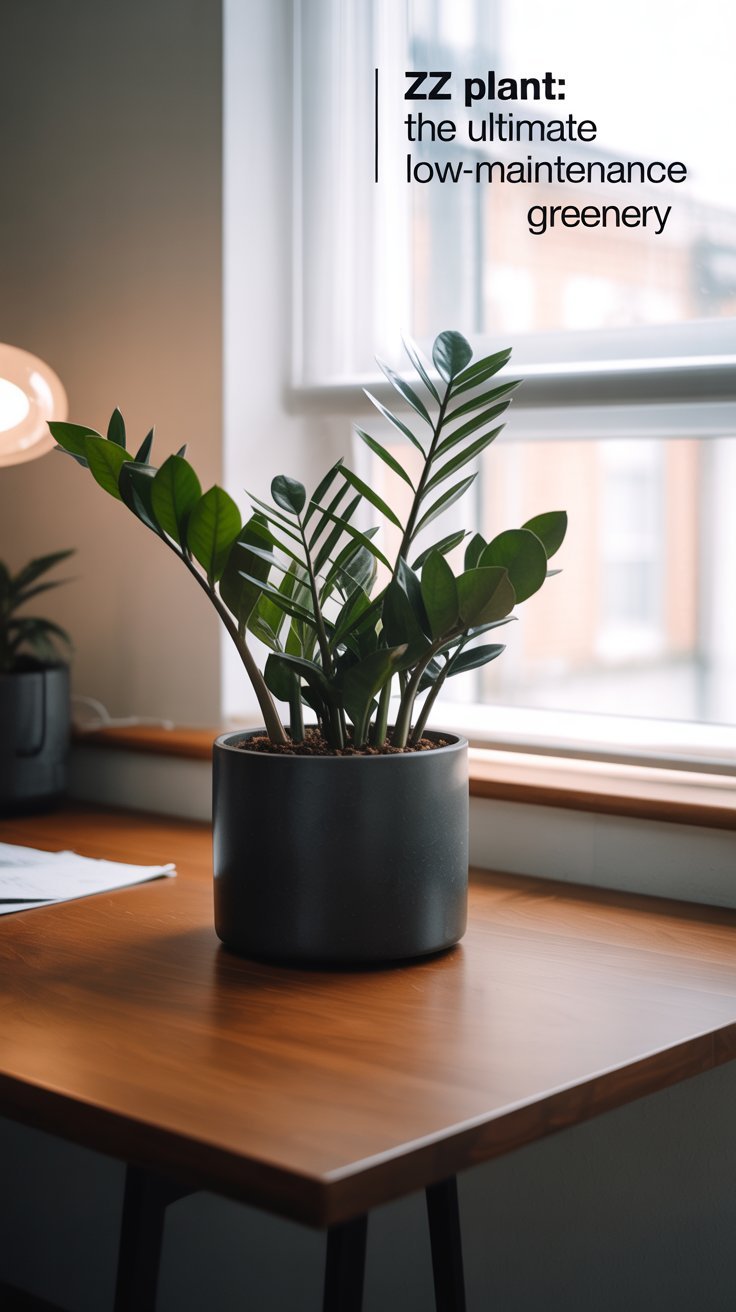
The ZZ Plant is celebrated for its glossy, dark green leaves and exceptional tolerance to neglect. Native to Eastern Africa, it thrives in bright, indirect light but can also adapt to low-light environments.
Its thick rhizomes store water, allowing it to endure infrequent watering—a perfect trait for the busy summer months. This drought resistance ensures the plant remains lush even during periods of forgetfulness.
For optimal health, water the ZZ Plant only when the soil has completely dried out. Its low maintenance and elegant appearance make it a staple in summer indoor plant collections.
3. Aloe Vera
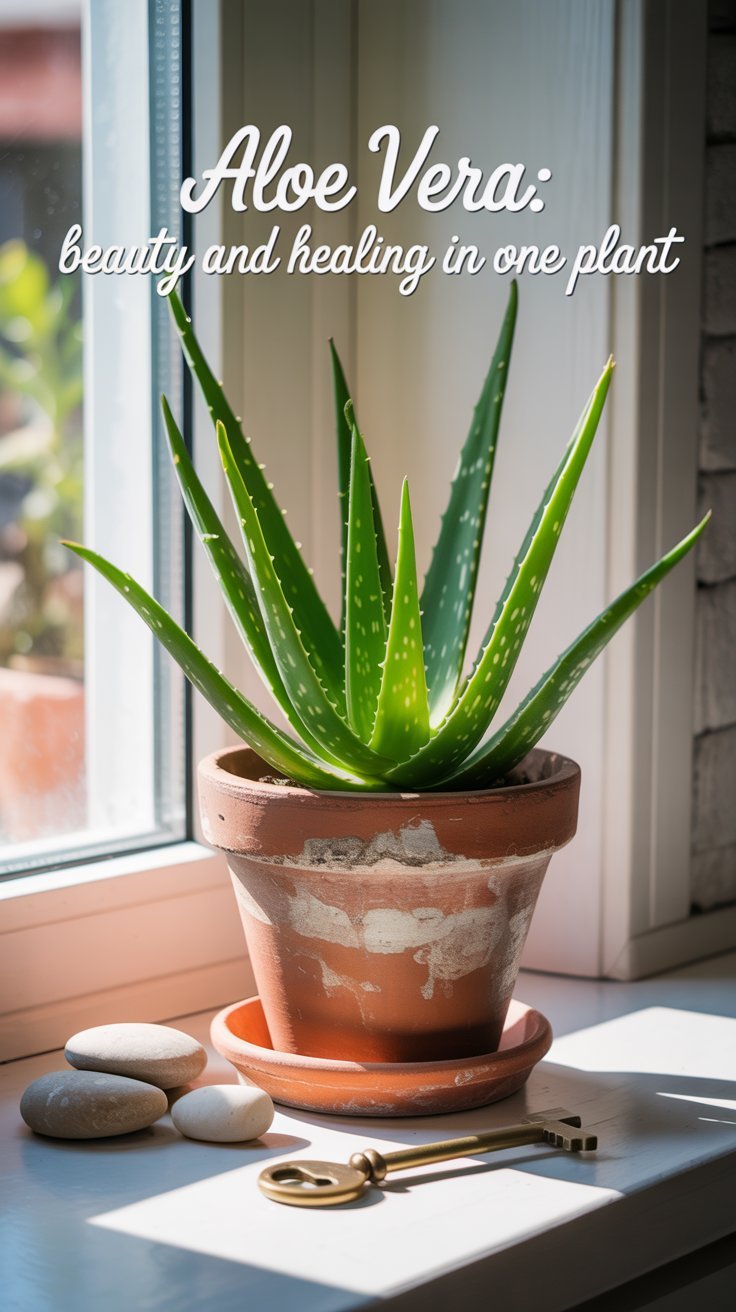
Aloe Vera is not only known for its medicinal properties but also for its ability to thrive in hot, sunny conditions. This succulent prefers bright light and well-draining soil, making it perfect for sunny windowsills.
Its fleshy leaves store water, allowing it to withstand periods of drought. This characteristic makes it an excellent choice for summer when indoor temperatures rise.
Water Aloe Vera deeply but infrequently, ensuring the soil dries out completely between waterings. Its dual role as a decorative plant and a natural remedy for minor burns adds to its appeal.
4. Pothos (Epipremnum aureum)
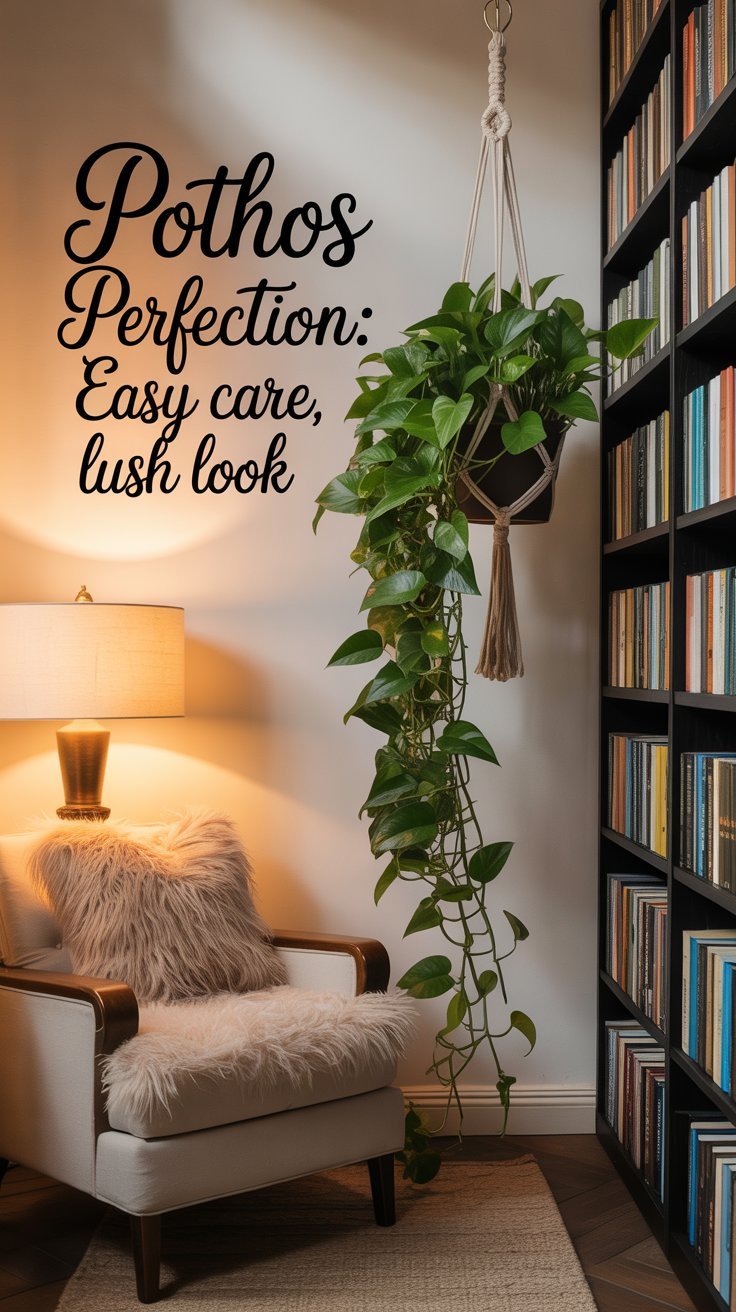
Pothos, also known as Devil’s Ivy, is a versatile trailing plant that adapts well to various light conditions, making it ideal for summer growth. Its heart-shaped leaves can add a lush feel to shelves or hanging baskets.
This plant is known for its air-purifying qualities and rapid growth during the warmer months. It’s an excellent choice for adding greenery to indoor spaces with varying light exposures.
Water when the top inch of soil feels dry, and ensure proper drainage to prevent root rot. With minimal care, Pothos can thrive and enhance the aesthetic of any room.
5. Geraniums (Pelargonium spp.)

Geraniums are popular for their vibrant blooms and ability to thrive in sunny conditions. While often grown outdoors, certain varieties can flourish indoors during summer.
They prefer bright light and well-draining soil. Allow the soil to dry between waterings to prevent root rot. Regular deadheading of spent blooms encourages continuous flowering.
Their colorful flowers and pleasant fragrance can brighten up indoor spaces, making them a delightful addition to your summer plant collection.
6. Peace Lily (Spathiphyllum spp.)

Peace Lilies are known for their elegant white blooms and ability to purify indoor air. They thrive in low to medium light conditions, making them suitable for various indoor environments.
These plants prefer consistently moist soil but can tolerate short periods of dryness. During summer, they may require more frequent watering due to increased evaporation.
Keep them away from direct sunlight to prevent leaf scorch. With proper care, Peace Lilies can bloom throughout the summer, adding beauty and freshness to your home.
7. Croton (Codiaeum variegatum)
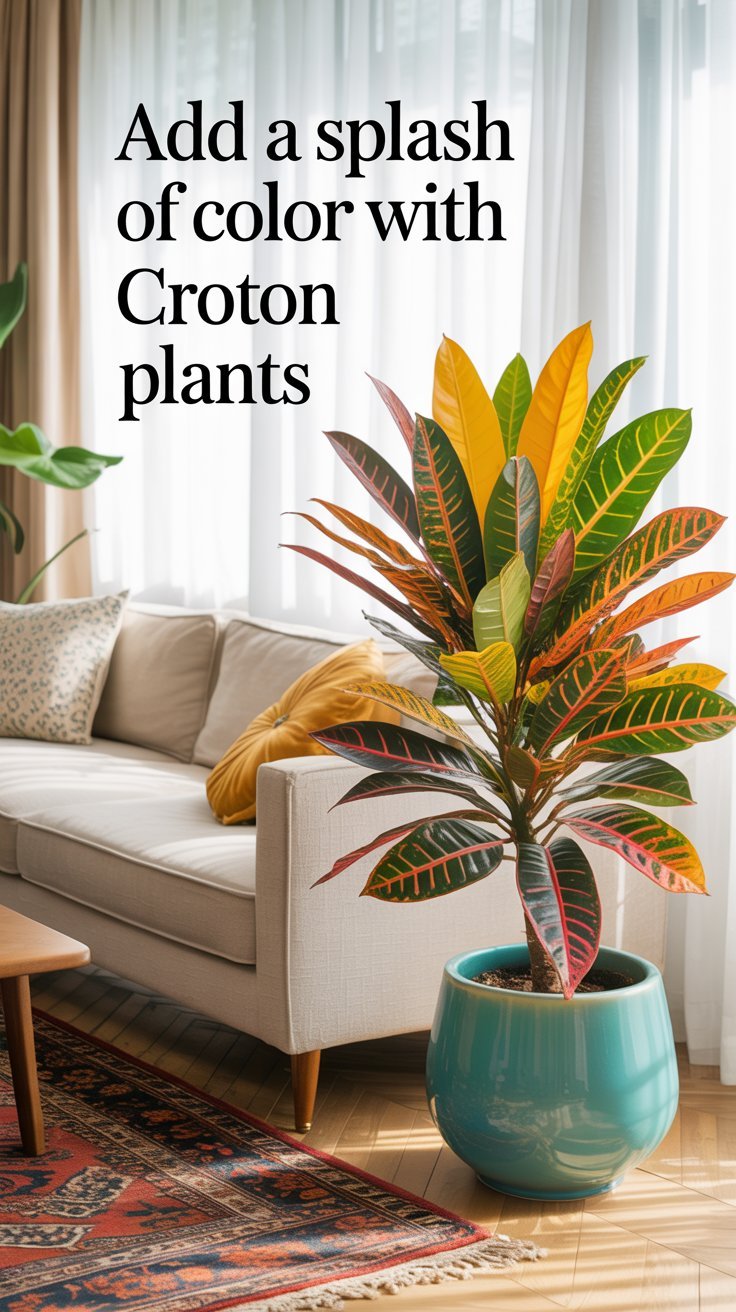
Crotons are celebrated for their bold, multicolored foliage, which can add a tropical flair to any indoor space. They thrive in bright, indirect light and high humidity, conditions often present during summer.
These plants prefer evenly moist soil and benefit from regular misting to maintain humidity levels. Their vibrant leaves can become even more colorful with adequate light exposure.
Crotons can be a bit finicky, so it’s essential to maintain consistent care routines. With attention to their needs, they can be a stunning centerpiece in your summer indoor garden.
8. Monstera Deliciosa
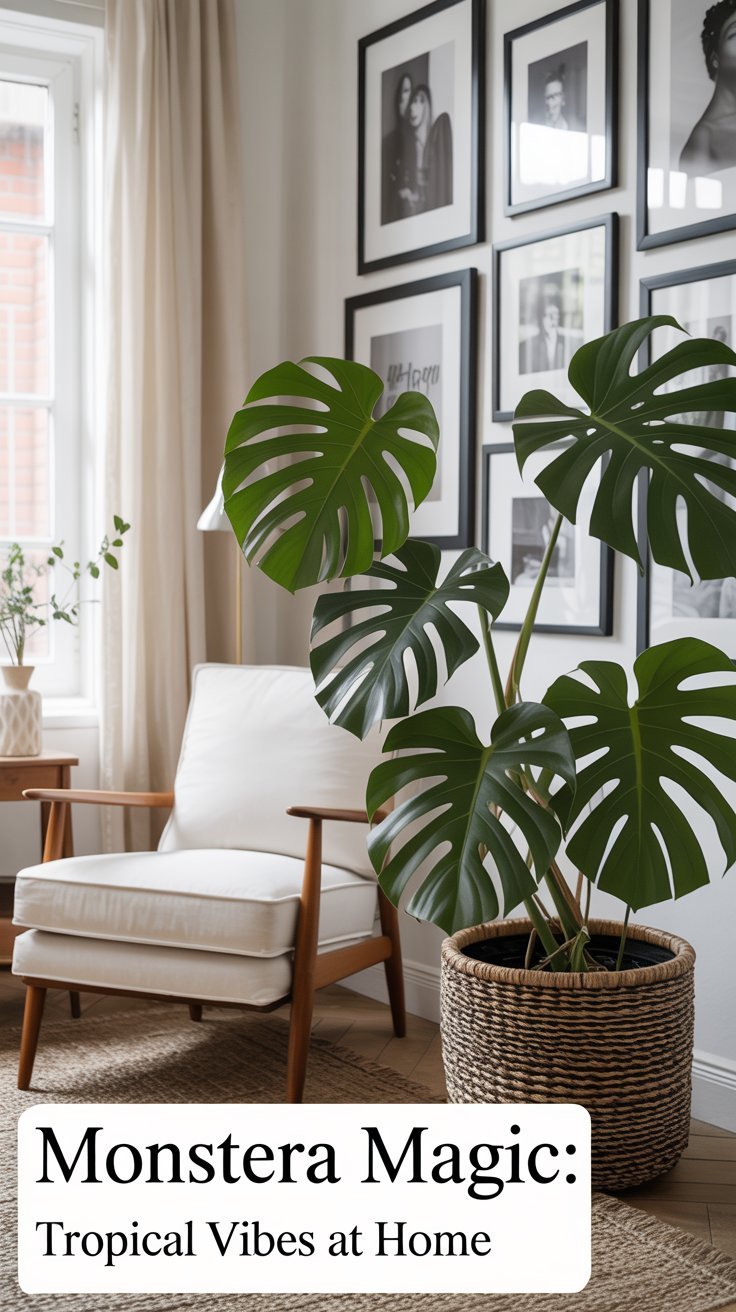
Also known as the Swiss Cheese Plant, Monstera Deliciosa features large, perforated leaves that make a bold statement. It prefers bright, indirect light and moderate watering, making it suitable for summer indoor conditions.
Ensure the soil remains slightly moist but not soggy, and provide support for its climbing habit. This plant can grow quite large, so ensure you have adequate space for its expansion.
Its unique foliage and tropical appearance can transform your indoor space into a lush summer retreat.
9. Jade Plant (Crassula ovata)
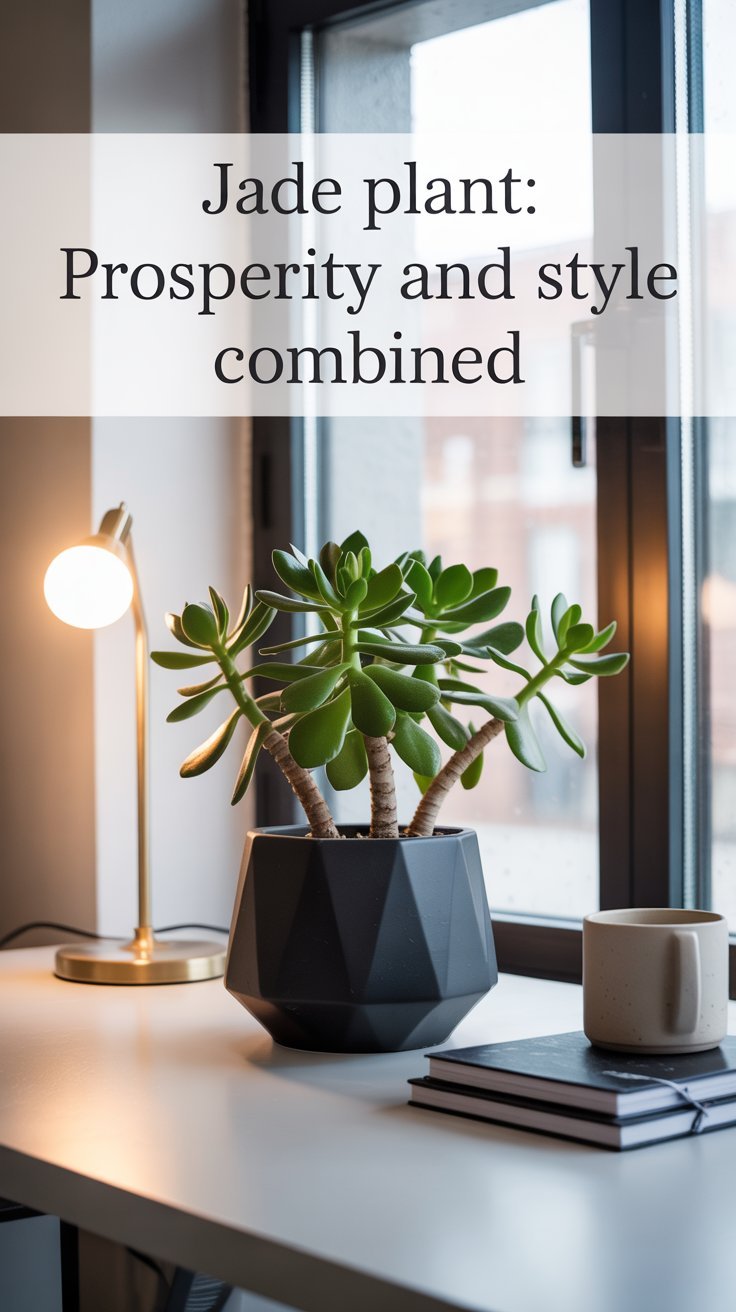
Jade Plants are succulents that store water in their thick leaves, making them drought-tolerant and ideal for summer. They prefer bright light and should be watered only when the soil is completely dry.
These plants are known for their longevity and can become quite large over time. Their tree-like structure adds a unique element to indoor plant arrangements.
With minimal care, Jade Plants can thrive and even produce small, star-shaped flowers under the right conditions.
10. Spider Plant (Chlorophytum comosum)
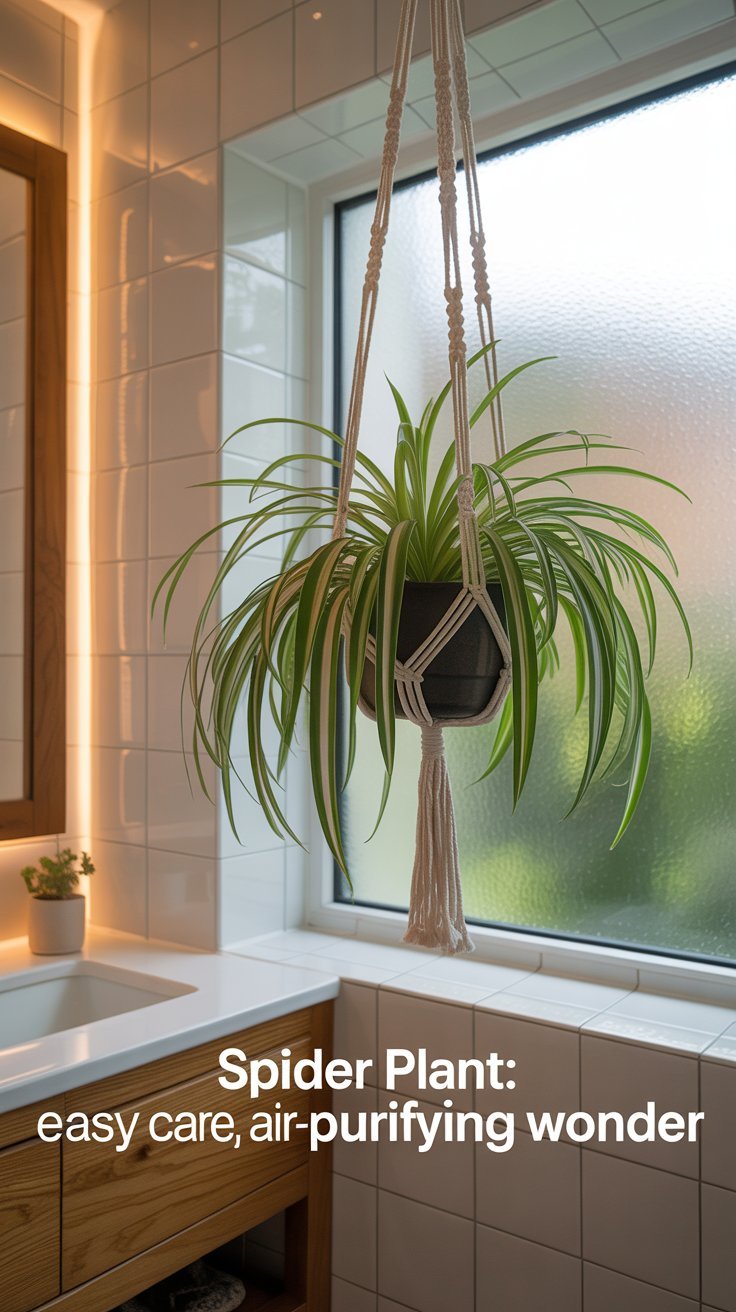
Spider Plants are adaptable and easy to care for, making them great for beginners. They thrive in bright, indirect light and prefer evenly moist soil.
Their arching leaves and baby plantlets add visual interest, and they can be displayed in hanging baskets or on shelves. During summer, they may produce small white flowers and offshoots that can be propagated.
Regular watering and occasional feeding can keep Spider Plants healthy and vibrant throughout the season.
Tips for Creating Text Overlays:
- Use Clear, Readable Fonts: Opt for fonts that are easy to read on both desktop and mobile devices.
- Maintain Contrast: Ensure the text color contrasts well with the background for visibility.
- Keep It Concise: Use short, impactful phrases that convey the essence of the content.
- Brand Consistency: Incorporate your brand colors and logo to maintain consistency across your pins.
- Use Design Tools: Platforms like Canva offer user-friendly interfaces to add text overlays to images.



